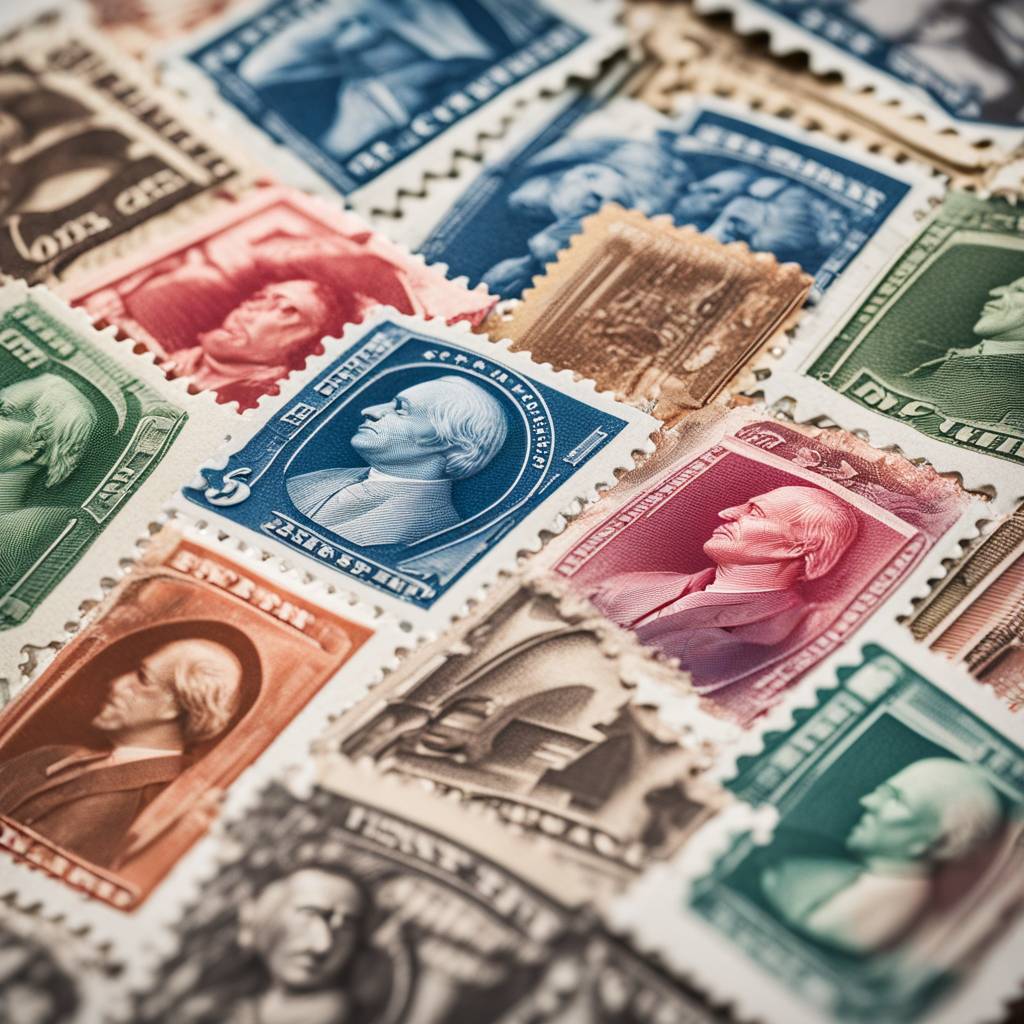Stamp prices in the US are set to increase once again, with the Postal Service filing a notice to raise the cost of First-Class “Forever” stamps to 73 cents from 68 cents. This marks another price hike for the financially struggling federal agency, with the change expected to take effect in July, raising the cost of mailing services products by nearly 8%. Stamp prices have increased by 36% since 2019 when they were priced at 50 cents and have seen multiple price hikes in recent years.
The USPS stated that the price adjustments are necessary to achieve financial stability as outlined in the agency’s 10-year plan announced by Postmaster General Louis DeJoy in 2021. This plan aims to make the Postal Service more competitive and modern, with the statement noting that USPS prices remain among the most affordable in the world. The increases in stamp prices are part of a broader effort to address the agency’s financial challenges and ensure its long-term viability in a changing postal landscape.
In addition to the increase in First-Class stamp prices, other changes include domestic postcard prices rising from 53 cents to 56 cents, and international postcard prices increasing from $1.55 to $1.65. While it is rare for regulators to decline USPS requests for price hikes, it has happened before, with a denial in 2010 due to the agency’s failure to quantify the impact of the recession on its finances and demonstrate how the rate request related to the loss of mail volume.
The decline in First-Class mail volume is a significant factor affecting the Postal Service’s financial situation, with online communication leading to a decrease in the number of individual letters sent each year by about half over the past decade. Postmaster General Louis DeJoy, appointed during the Trump administration, has implemented sweeping changes to address the agency’s financial challenges. Despite these efforts, USPS expects to incur a loss of $6.3 billion in 2024, highlighting the ongoing struggles faced by the agency.
The increases in stamp prices come at a time when the Postal Service is grappling with declining mail volume, increased competition from digital communication, and ongoing financial challenges. While the price hikes may help generate additional revenue for the agency, they also raise concerns about the affordability of postal services for consumers. As the Postal Regulatory Commission considers the USPS’s request for a price increase, stakeholders will be watching closely to see how the decision will impact the future of the agency and the cost of sending mail for individuals and businesses alike.
Overall, the proposed increase in stamp prices is part of a broader effort by the Postal Service to address its financial challenges and ensure its long-term viability. With declining mail volume and increased competition from digital communication, the agency faces significant obstacles in maintaining its operations. As the USPS seeks to modernize and become more competitive, stakeholders will be closely monitoring the impact of the price increases on consumers and the future of postal services in the US.













